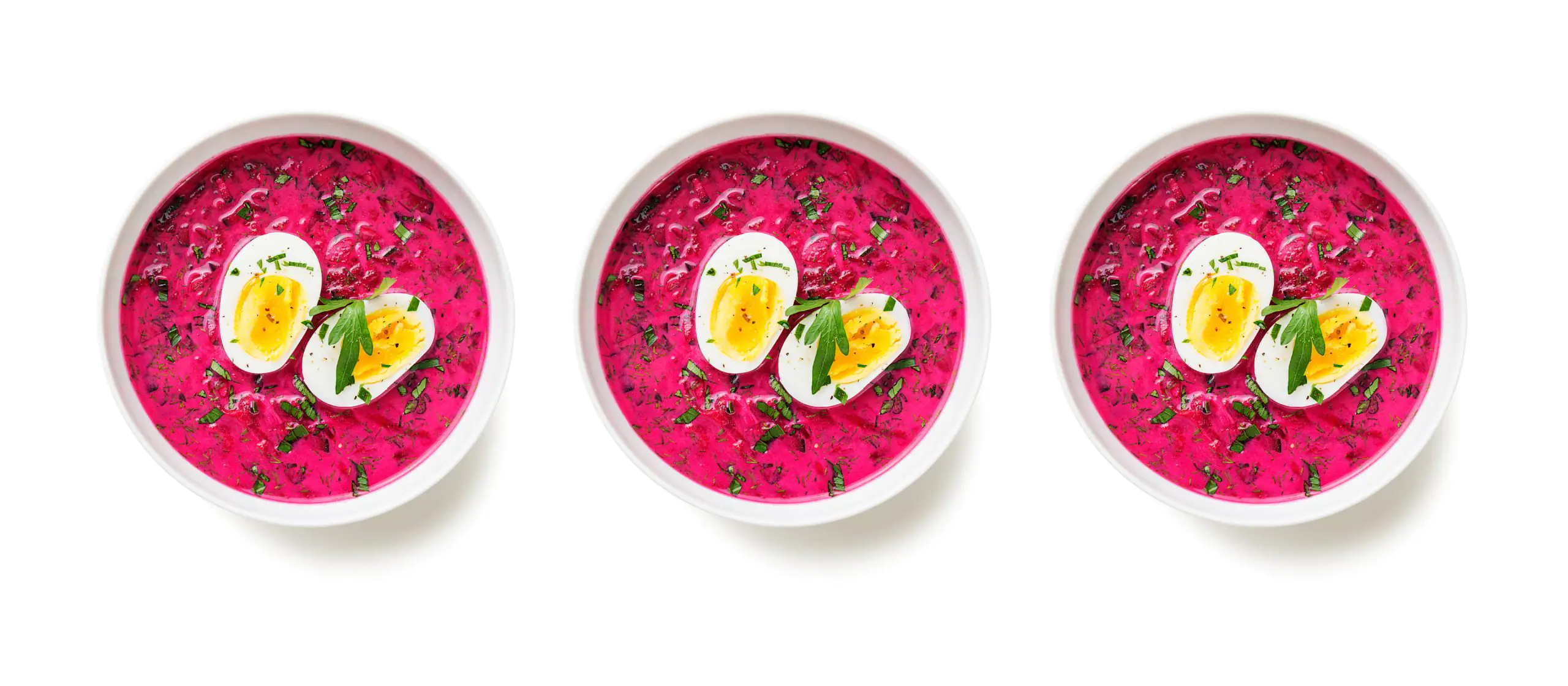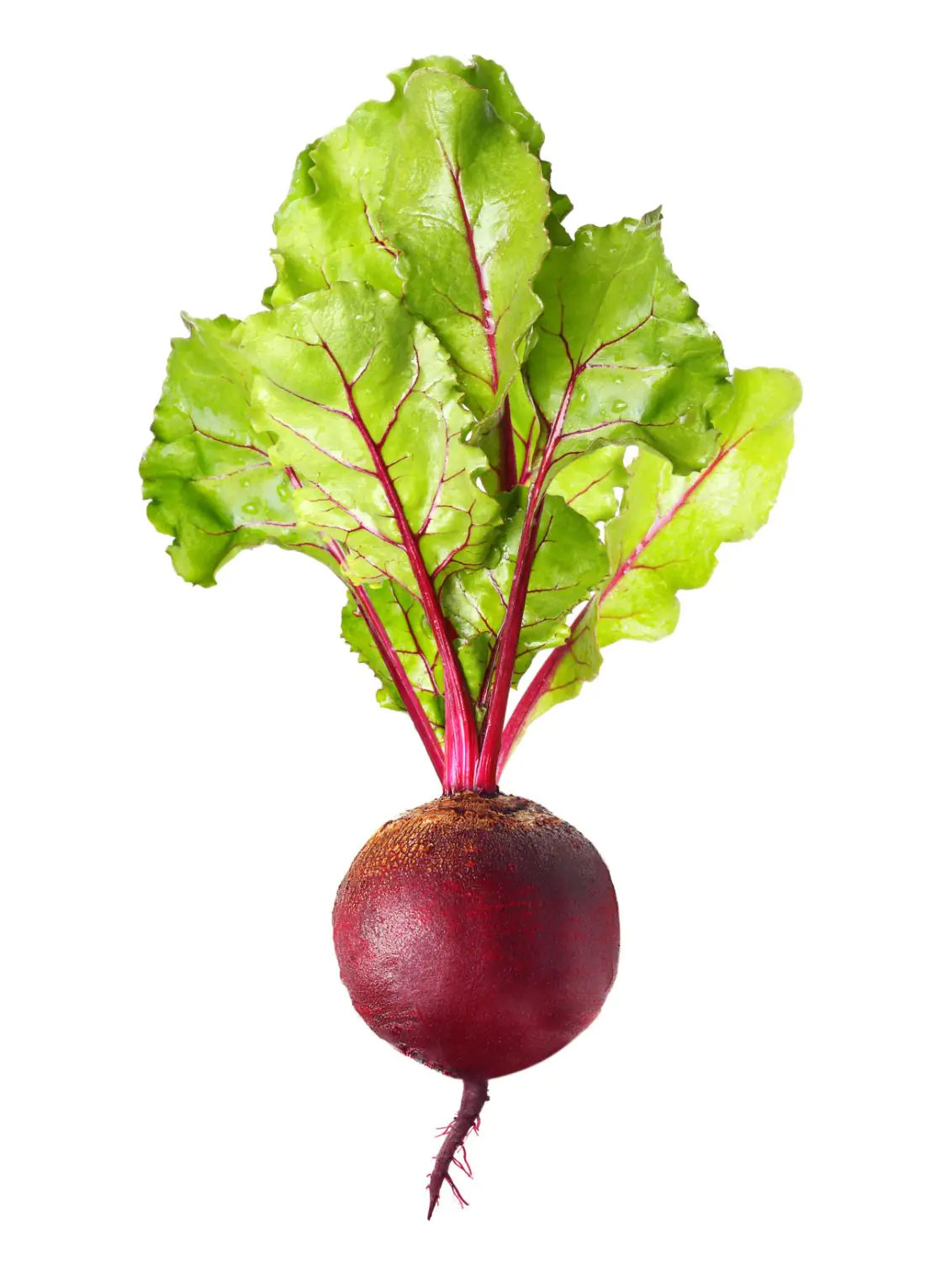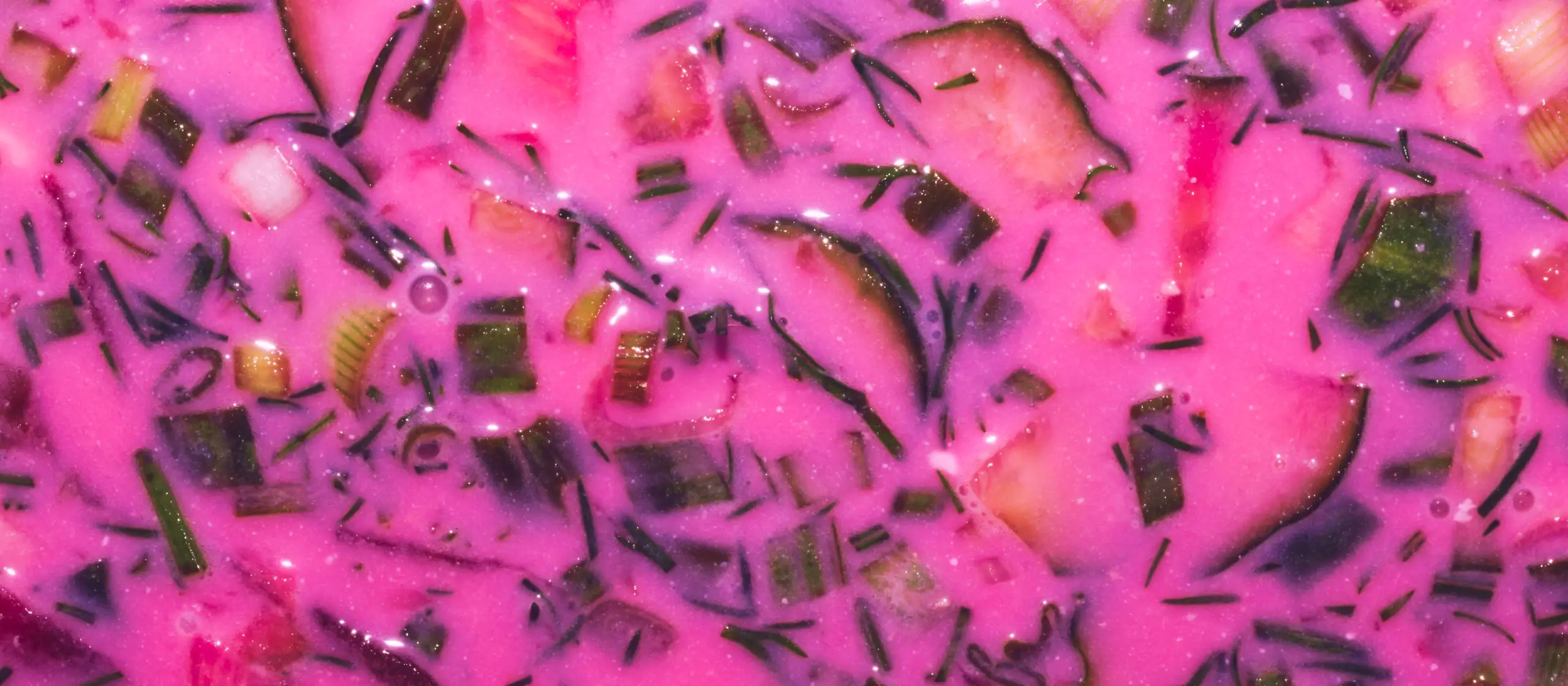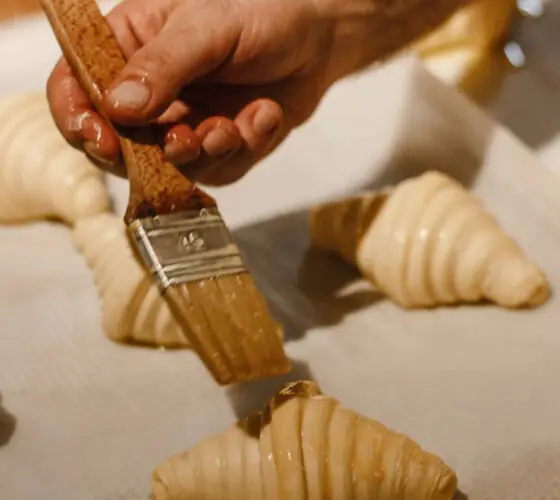
This year the festival took place on the 1st of June. The event featured themed printed clothing and entertainment, including a foam slide in the shape of a cold soup bowl. Restaurants and cafés across the city had special cold soup promotions and variations. Many residents were dressed in pink and museums and shopkeepers had prepared themed decorations. In addition, landmarks including the TV Tower and four of the most famous bridges—the White, Green, Žvėrynos and King Mindaugas bridges—were illuminated in pink.


The popularity of the Pink Soup Festival has spread far beyond Vilnius: some are already comparing it to the German Oktoberfest, while bloggers and the English-language media are reporting on it. Following the success of last year’s festival, TasteAtlas (a popular guide to traditional cuisine) ranked šaltibarščiai in the top 25 best cold soups.
Meanwhile, Latvia is trying to challenge the superiority of Lithuanian soup. The country has an analogue—aukstā zupa or, literally, cold soup. And it seems the flames of passion here are even hotter than in the eternal Christmas tree dispute between Latvians and Estonians.
Šaltibarščiai vs. aukstā zupa
Most of the ingredients are similar in both versions: green onions, pickled beetroot, fresh cucumbers, boiled eggs, kefir and salt are all part of the soup.
However, there are still minimal differences in the composition of these cold beetroot soups (more on this below), which prompted travel agencies in Vilnius and Riga to organise a rap battle. In this post, a Latvian girl (her name withheld) started a rap battle for the Lithuanian ownership of the Pink Soup Festival. “This video will warm up the Lithuanian cold soup”, writes one of the commentators below the video.
And here’s what Lithuanian rappers Rokas Graiauskas and pijusopera had to say the next day:
On the day of the festival, they performed in Vilnius Town Hall Square and once again screamed to the crowd as they showed the advertisement from the Riga Tourism Agency. “We respect our brothers [Latvians], but we will never back down from our position,” said pijusopera from the stage.
The journalists then contacted Gintare Kavaliūnaitis of the Vilnius municipal tourism agency “Go Vilnius” and asked her to explain the difference between šaltibarščiai and aukstā zupa. Kavaliūnaitė’s answer mainly emphasised the sides: In Latvia, cold soup is eaten with rye bread, while in Lithuania it is served with boiled potatoes.
Madara Oga, a representative of the Riga Tourism Agency, added that Latvians eat everything with rye bread, and Latvian cold soup is no exception. However, she admitted that Latvians are a bit jealous of Lithuanians who have such a festival.
In addition to rye bread, the Latvian version of cold beetroot soup is often accompanied by doctor’s sausage and horseradish. That’s why Graiauskas and Piusopers’ answer was called “Beef over Beet”. One Latvian commentator joked: “Hey, brothers, why is there no sausage in your soup? Is there a shortage?”
“However, sausage in cold soup is like pineapple on pizza”, explains one Reddit user, adding that the heated debate about this ingredient will probably never end.
Other variations of cold beetroot soup
As with many historical and traditional dishes, the origins of a soup recipe are difficult to trace back to its source. It is a very ancient soup and has been found in many variations in the kitchens of all walks of life, from peasants to royalty. The poor had a very simple recipe, while the wealthier households invented elaborate ways of preparing it.

In Lithuania, the prevailing version is that the dish was already popular during the Grand Duchy of Lithuania, which existed from the 14th to 18th centuries. According to Rimvydas Laužikas, a professor at Vilnius University, “very complex and luxurious beetroot soup recipes appeared during this period”. They were served hot and cold on the table of the rulers Sigismund Augustus and Barbara Radvilaitė.
In Poland, it is believed to have appeared in Polish cuisine as early as the time of the Polish-Lithuanian Commonwealth, i.e. from the 16th to 18th centuries. As part of modern-day Latvia was also under Polish rule at that time, the soup also entered Latvian cuisine. It was originally white—beetroot was added over time, but various leaves and pearls were originally used instead.
The old versions of cold soup also contained other ingredients, including meat. For example, in the popular cookbook ‘Kucharka litewska’ (Lithuanian Cookery Book), first published in 1852, beetroot cold soup is made from boiled beetroot and sorrel with sour cream. The book’s author, the Belarusian Polish-speaking writer Wincenty Zawadska, writes that salt is not used as an additive on its own, but is rubbed in with the herbs. Ice, crayfish cakes or pieces of fish and roast veal are added to the soup before serving.
Polish journalist and author of cookery books Lucina Zwierczakiewicz recommends adding meat stock to cold soup, while Maria Ohorowicz-Monatova offers a recipe that mixes cream with sour milk. This soup is still popular in Poland and is called chłodnik litewski or ”cold Lithuanian”. As in Latvia, it is eaten with rye bread rather than potatoes. Some variations of Polish chłodnik include beet kvass, broth, vinegar or brine.
One of the more complex soup recipes is described in Ludvika Dijuliene-Jmona’s 1913 Farm Book. It includes fresh beef, smoked pork, onions, spices, kvass and celery. It also recommends using beetroot leaves, which can be replaced by anything: borage leaves, sorrel and even nettles. Sour cream is added to the dish before serving.
Estonia also has their own version of cold soup, sometimes with herring or sprat. However, this soup is not nearly as popular as in Lithuania, Latvia or Poland.

Other kinds of cold soup in the Baltic States
The list of cold soups in the Baltics is not limited to beetroot variations. There is a wide variety, including dessert soups:
Pine cones (LV)
It is believed to have originated in north-eastern Latvia, near Balvi. Not so long ago, Latvia revived its tradition—and even treated President Emmanuel Macron to it during his visit.
Beer (EE)
The meal is based on pale beer and milk. In the classic recipe, the soup is poured over a few slices of bread, but it can also be served separately. Fresh bread or toast may be used.
Rye bread (LV, EE)
A thick, creamy and sweet bread soup is usually made from soaked and mashed bread, grapes, fruit juice, cinnamon and sugar. It is often topped with milk, cream, fresh fruit and nuts.
Sorrel (LT, LV)
The Lithuanian version of cold sorrel soup includes chicken stock, potatoes, onions, bacon, bay leaf, salt and peppercorns. In Latvia, it is made from beef broth, chopped sorrel leaves, pearl grits, onions, potatoes and lemon juice. Grated carrots and smoked pork ribs are usually added, with hard-boiled eggs and sour cream as a garnish.
Herring (LT)
Shmakalas—cold soup made from salted herring with kefir and herbs. Like šaltibarščiai, it is most often served with potatoes.








